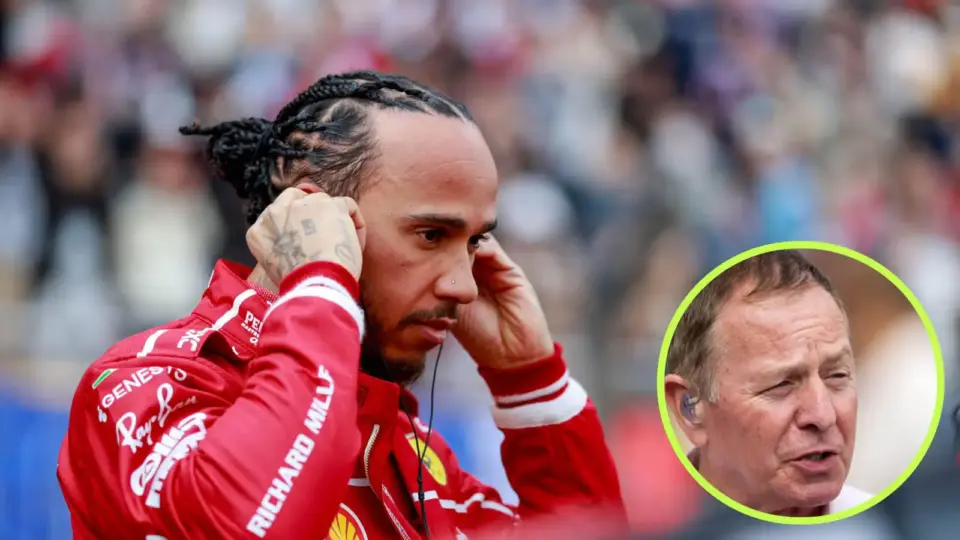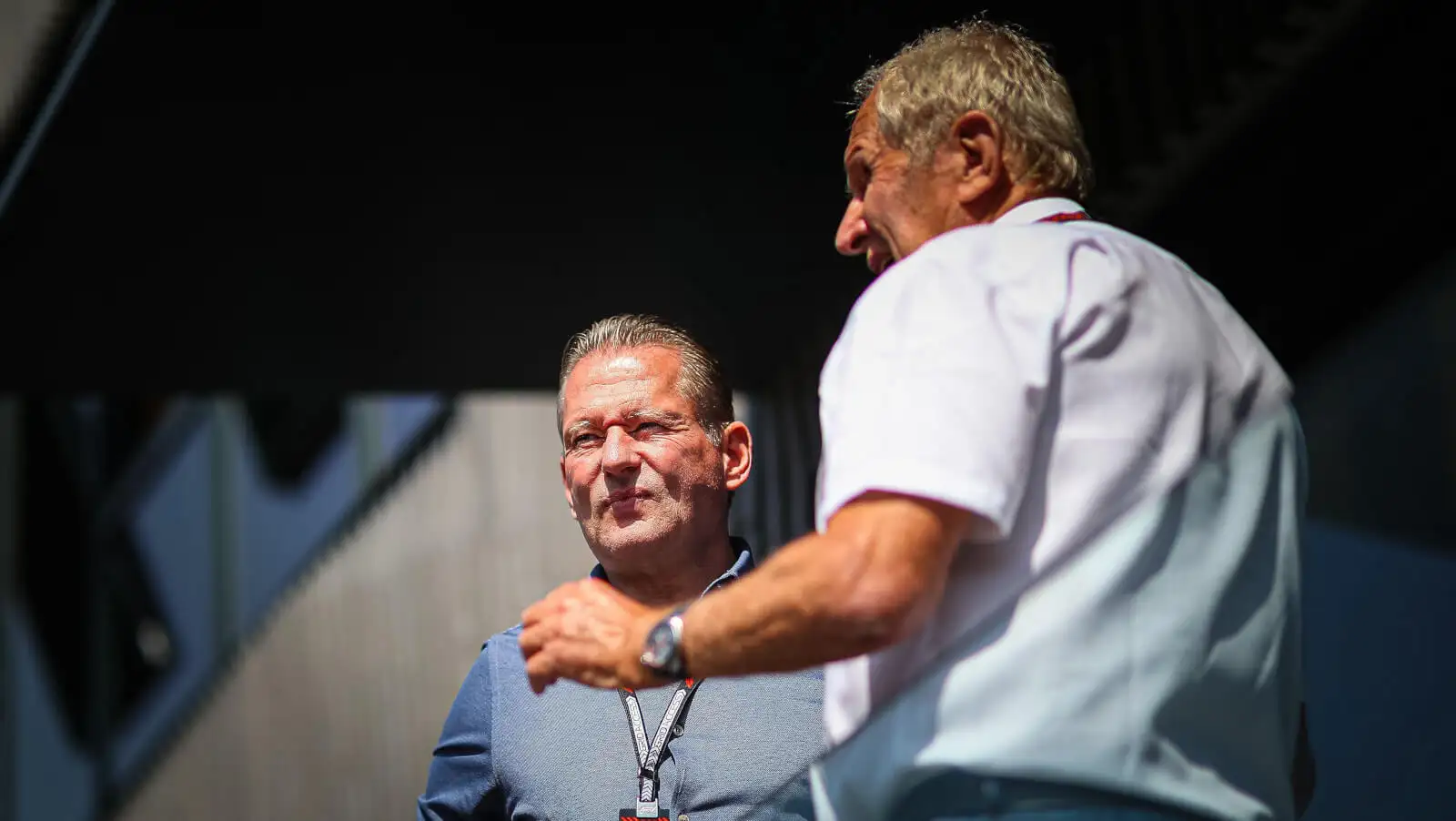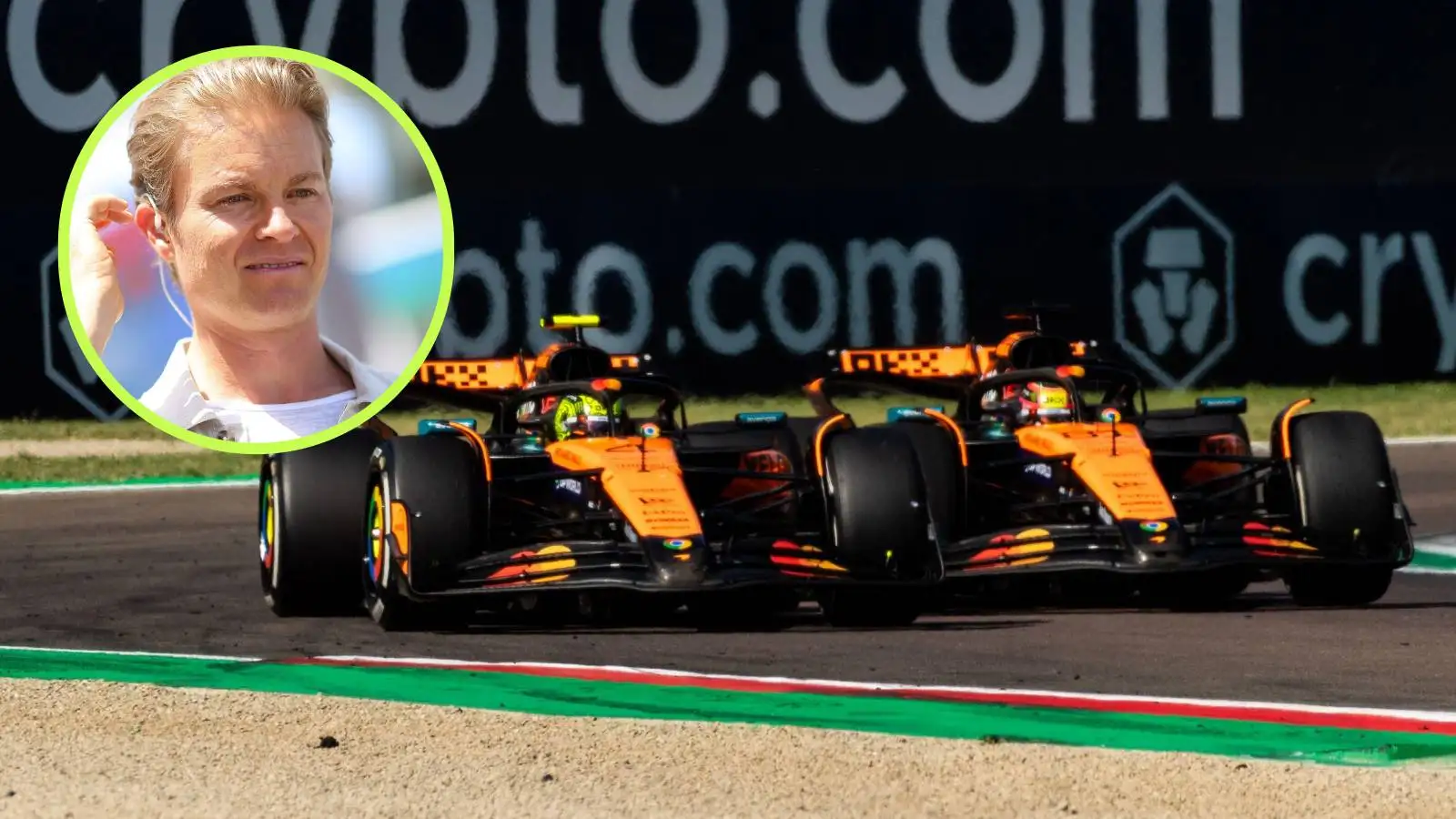In the heat of the Bahrain circuit, Ferrari embraced an unconventional strategy, bringing more than just speed to the race.
Charles Leclerc’s weekend in Bahrain began with visible frustration, hinting that issues from previous races still lingered. Despite new upgrades, the performance gains seemed minimal to some observers. Lewis Hamilton faced a challenging qualifying session, ending up in P9, notably six-tenths behind his teammate Leclerc, who showed better control in key corners of the track.
During the Bahrain Grand Prix, most teams started on soft tires, but Ferrari dared a different path with medium compounds. This decision was immediately felt as Leclerc lost a couple of positions in the opening laps to those on softer tires. However, both Ferrari drivers soon displayed resilience as they pushed through the field, maintaining competitive pace, especially in clean air.
A strategic pit stop on lap 18 saw Ferrari drivers switching to new medium tires, diverging from a possible one-stop plan. Leclerc’s expressed displeasure over the radio suggested a plan “Delta,” which seemed to aim for fewer pit stops, was in mind. Yet, they found themselves amidst traffic post-pit, having to navigate through slower cars with measured aggression.
The race took a twist with the deployment of the safety car, a moment that disrupted Ferrari’s momentum. At that point, Leclerc was in a promising P3, and Hamilton at P5, but the strategic advantage seemed lost as leaders opted for pits. Ferrari, grappling with tire choices, switched to hard compounds, which compromised their ability to chase down Norris and others running faster.
Although the final results didn’t reflect Ferrari’s mid-race potential, the performance hinted at progress. Their decision-making in tire strategy and handling of unforeseen race dynamics, such as the safety car, painted a picture of a team on the brink of optimization but still searching for balance.
The Bahrain race highlighted Ferrari’s strategic strengths and areas for improvement. Despite the challenges, their competitive second stint pace signals potential for upcoming races.










